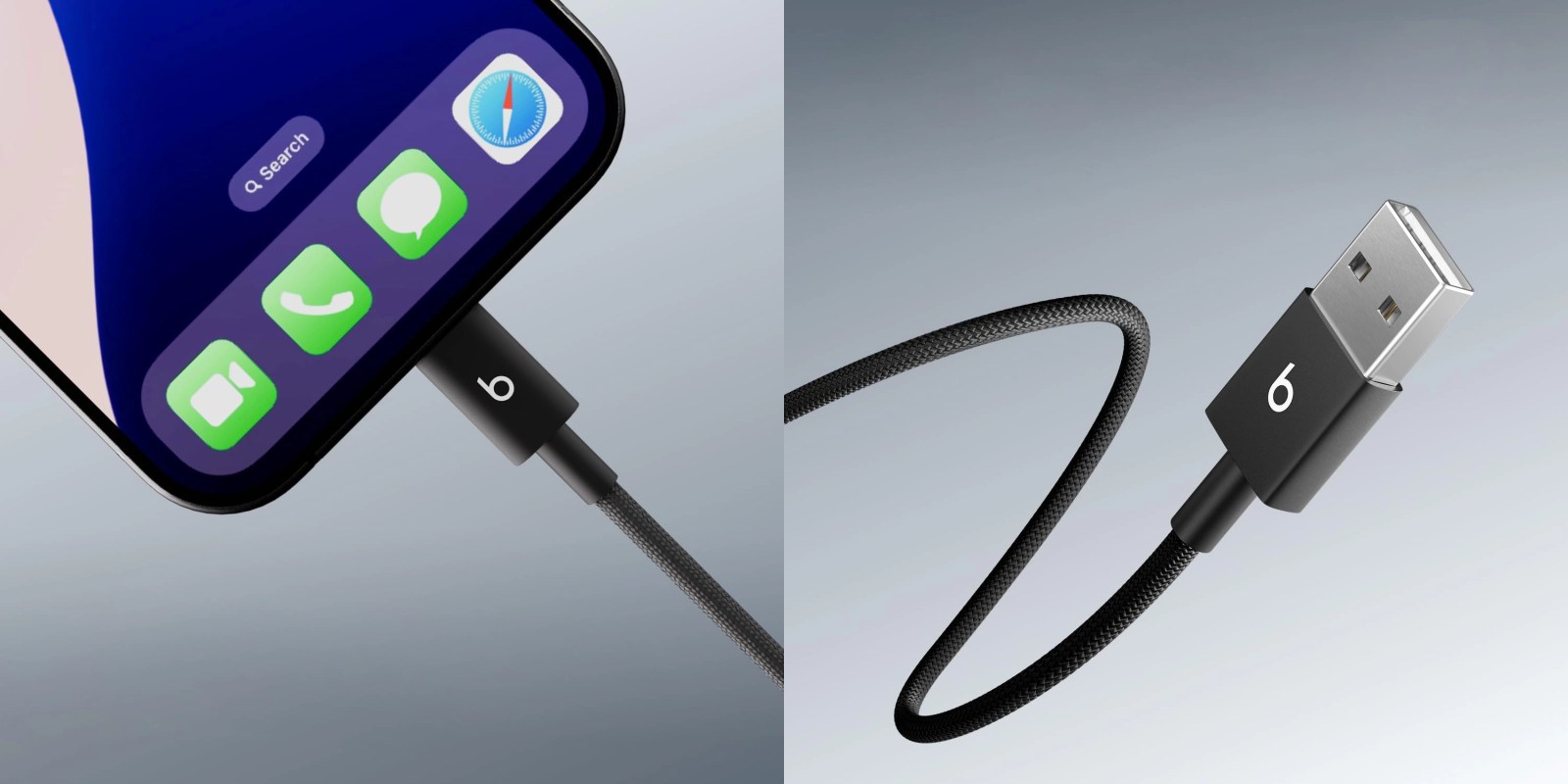Apple has announced that support for the original HomeKit architecture will cease in the fall of 2025, necessitating users to upgrade to the new system to maintain functionality of their smart home devices and automations. This transition aims to enhance the reliability and efficiency of HomeKit, but it also presents challenges for users with older devices.
Introduction to the New HomeKit Architecture
In 2022, with the release of iOS 16, Apple introduced a redesigned Home app featuring a new HomeKit architecture. This update was designed to address longstanding reliability issues, such as devices frequently becoming unresponsive without clear explanations or solutions. The new architecture aimed to provide a more stable and responsive smart home experience. Initially, upgrading to this new system was optional, allowing users to choose whether to transition or remain on the original platform.
Mandatory Upgrade Announcement
Fast-forward to March 2025, code discovered in iOS 18.4 beta 3 indicated that Apple planned to discontinue support for the old HomeKit architecture. This was later confirmed by Apple, with a support document stating:
> Support for the previous version of Apple Home will end in the fall of 2025. Update now to avoid interruptions with your accessories and automations.
This means that users who have not yet upgraded to the new architecture must do so before the fall deadline to ensure continued operation of their HomeKit devices.
Upgrade Paths and Procedures
The latest iOS 18.6 beta provides further details on the upgrade process, indicating two potential paths:
> Support for your current version of Apple Home will end this fall. Some homes will be automatically updated at that time, but others need to be updated manually. You can update now to avoid interruptions with your accessories, automations, and critical alerts.
For many users, the upgrade will occur automatically. However, those using older hardware that cannot be updated to iOS 16 or later may need to perform the upgrade manually. To update manually, users can follow these steps:
1. Open the Home app on your iPhone, iPad, or Mac.
2. Tap or click the three-dot icon (More).
3. Select Home Settings.
4. Choose Software Update.
5. Tap or click Update Now and follow the on-screen instructions.
This process will update all homes set up in the Home app simultaneously. Upon successful completion, a confirmation message will appear, indicating that the home and all accessories are up to date.
Implications for Users with Older Devices
The transition to the new HomeKit architecture may pose challenges for users with older devices. The new system requires devices running iOS 16.4 or later, which means that older iPhones, iPads, or Macs that cannot be updated to these versions will lose compatibility with the Home app. For instance, iPads were supported as home hubs starting with iOS 10 but were phased out with iPadOS 16; they do not support Matter devices and will not function as a home hub in homes upgraded to the new architecture introduced in iOS 16. This change could render some devices obsolete, leading to potential e-waste and additional costs for users needing to upgrade their hardware.
Benefits of the New Architecture
Despite the challenges, the new HomeKit architecture offers several advantages:
– Improved Performance and Reliability: The updated system provides faster connections and reduced latency, especially beneficial for homes with numerous smart devices.
– Enhanced Features: New functionalities include guest access, support for robot vacuum cleaners, and activity history, allowing users to monitor device usage.
– Matter Compatibility: The inclusion of Matter support ensures broader device compatibility, enabling seamless integration of third-party smart home products into the HomeKit ecosystem.
Apple’s Smart Home Strategy
Apple’s decision to mandate the upgrade aligns with its broader strategy to solidify HomeKit’s position in the smart home market. By phasing out the legacy architecture, Apple aims to provide a more responsive and reliable smart home experience, competing with rivals like Amazon’s Alexa and Google Home. The new architecture’s reliance on local processing through hubs like HomePod or Apple TV enhances privacy by reducing dependence on cloud servers.
Conclusion
Apple’s move to end support for the old HomeKit architecture by fall 2025 marks a significant shift in its smart home strategy. While the transition offers improved performance and new features, it also presents challenges for users with older devices. To ensure uninterrupted use of HomeKit accessories and automations, users are encouraged to upgrade to the new architecture promptly. This proactive approach will help mitigate potential disruptions and allow users to take full advantage of the enhanced capabilities offered by the updated HomeKit system.



